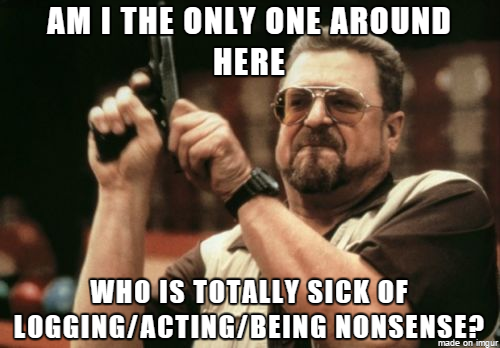Thanks, all. Really interesting reading.
I guess what I most want is to avoid a show-down with a DPE on check-ride day. No fun.
If the rule is not clear, then I think the best thing for me to do is a) get a complex endorsement and b) until then, not log time cross-country time unless I am flying a plane for which I am rated and endorsed. Not to mention insurance.
It changes whether or not I want to fly with a friend, or be a bit more single-minded about building time.
I sure like that M20J...
Again, thank you!
I guess what I most want is to avoid a show-down with a DPE on check-ride day. No fun.
If the rule is not clear, then I think the best thing for me to do is a) get a complex endorsement and b) until then, not log time cross-country time unless I am flying a plane for which I am rated and endorsed. Not to mention insurance.
It changes whether or not I want to fly with a friend, or be a bit more single-minded about building time.
I sure like that M20J...
Again, thank you!

 We all react so positively when someone proves we are wrong.
We all react so positively when someone proves we are wrong.
